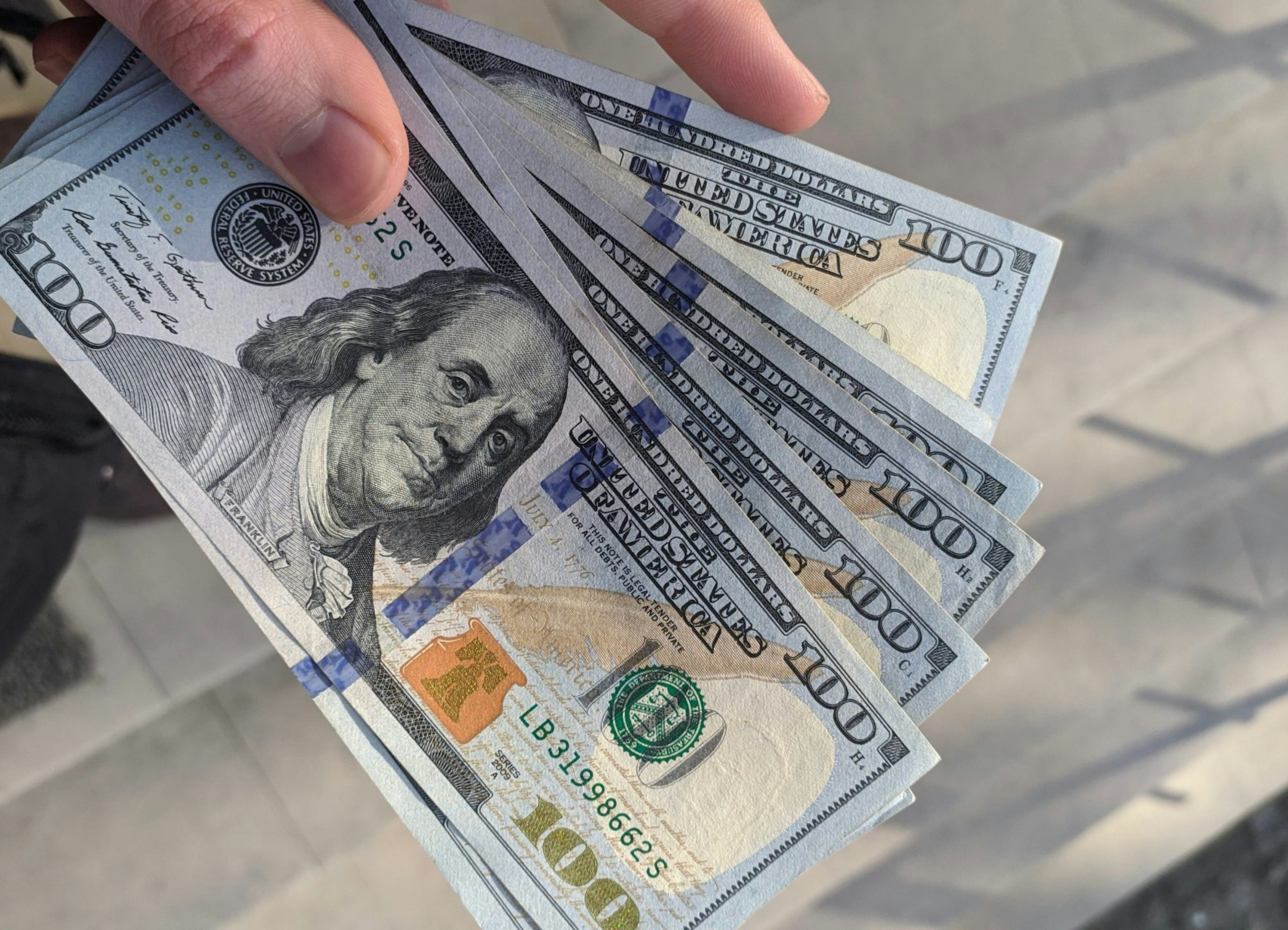When you need money right away, one option that may be available to you, is to take out a loan from your 401(k). Yet as tempting as taking out a loan might be, it’s important to consider how this could impact your retirement nest egg.
According to our Retirement Roadblocks Survey 2024, almost half (48%) of full-time workers who had taken out a loan from their retirement accounts expressed regret. That’s likely because taking out a loan from a 401(k) can impact long-term retirement savings, even potentially delaying retirement. For example, if you borrow $5,000 from your 401(k) and the market experiences an 8% gain, you miss out on $400 in potential earnings. Over time, when you factor in compounding growth, these missed gains can significantly impact your retirement balance.
Along with less future retirement savings, taking out a loan from your 401(k) can have other serious consequences. Below, we’ll dive deeper into five reasons why it may not be beneficial to take out a loan from your 401(k).
Qualified plans aren’t required to provide loans, but if they do, they can lend up to one-half of your vested account balance or a maximum of $50,000. When taking out a loan from your 401(k), you must pay back in full within five years, making at least quarterly payments that cover applicable charges for interest and principal.
In very few instances, such as purchasing your principal residence or performing military service, a 401(k) loan can be paid in a period of more than five years. However, when you are laid off, fired, or quit your job, the remaining balance of your loan may become due upon termination of employment because payroll deduction no longer applies. Given that the typical U.S. worker lasts less than four years at a job, it’s likely you won’t have five full years to pay back that loan.
2. Your unpaid balance becomes taxable income
If you can’t repay your loan within five years or upon termination, your remaining loan balance becomes taxable income. Not following your repayment schedule can also turn your outstanding 401(k) loan plus accrued interest into a taxable event. In addition to paying applicable income taxes, those under age 59 1/2 are subject to a 10% early withdrawal penalty. Certain states may charge additional income taxes and penalties. All of this could leave you with a large tax bill.
3. It’s unlikely the unpaid balance can be rolled over
Unlike your remaining vested balance in your 401(k), an offset loan balance deemed as taxable income most likely can’t be rolled over into a qualified plan with a new or existing employer or into a new or existing IRA.
Although the IRS does allow qualified plan loan offsets to be rolled over within 60 days of offset, most qualified plans don’t accept loan rollovers. In addition, given that every year you have a limit as to how much you can contribute to your 401(k), losing past contributions can have a negative impact on your nest egg. Not only do you lose the current balance, but you also miss out on many years of allowing that money to be invested in the market, thus having an effect on your account balance at retirement.
Download Retirement Roadblocks Survey 2024
Get insights on the retirement savings habit of 2,000+ SMB employees.
4. Double the 401(k) tax payments
A key advantage of saving for retirement with a 401(k) is that you defer taxation on those funds until retirement when you’re more likely to be in a lower tax bracket. By taking out a loan from your nest egg, you’ll be paying that loan with after-tax dollars and paying taxes again upon withdrawal of those repayments in retirement.
5. Additional 401(k) loan fees
Taking a loan from your 401(k) can involve various costs beyond just the interest you pay back to your account. While specific percentages may vary by study, research indicates that some 401(k) plans may charge fees for processing loans. These typically include an upfront origination fee, often ranging from around $50 to $100, and sometimes an annual maintenance fee, ranging from approximately $25 to $50.
In addition to management fees, there's also the interest rate, which is the percentage you pay for borrowing the money itself. That interest rate is often calculated based on a standard bank rate (called 'prime') plus an extra 1% or 2%.Since loan fees differ per plan, it's essential to contact your plan administrator or review your plan's annual fee disclosure to understand the specific costs that would apply to you.
6. You may have other options
If you are still considering a 401(k) loan after reviewing the above factors, it’s important to remember that other options may be available to you.
Comparing only the interest rates from a $10,000 loan through a financial institution to a $10,000 loan from your 401(k) isn’t apples to apples. When you consider the fees, interest charges, potential taxes in case of default, and foregone investment return, you’ll often find that the true cost of a 401(k) loan is much higher than you’d expect. Additionally, if the interest rate on your loan is lower than the rate of return you’re earning on the holdings of your 401(k), the impact on your retirement savings is greater. You could miss out on even more potential growth.
Let’s assume that you have a vested $50,000 balance in your 401(k) and you’re considering a $10,000 loan.
| No 401(k) loan | With 401(k) loan | |
|---|---|---|
| Balance today | $50,000 | $40,000 |
| + Investment return (8%) | +$4,000 | +$3,200 |
| – Loan repayment | N/A | -$10,000 |
| – Interest paid on loan (5.50%) | N/A | -$550 |
| = Balance one year from today | $54,000 | $53,750 |
In this scenario, you would miss out on $250 of investment returns in one year (and this is assuming you pay back the loan in the same year). You’ll also be missing out on additional returns in the years to come because of a lower balance.
The bottom line
Taking a loan from your 401(k) may not always be the best option, but it's always key to evaluate your specific scenario, needs and overall financial situation. Applicable fees, foregone investment returns, and potential tax penalties can all add up to cause major damage to your nest egg. If you’re interested in learning more about the retirement savings habits of today’s employees and what employers can do to help more workers save for their financial futures, download our latest Retirement Roadblocks Survey.
Low-cost 401(k) with transparent pricing
Sign up for an affordable and easy-to-manage 401(k).
Article By
The Human Interest TeamWe believe that everyone deserves access to a secure financial future, which is why we make it easy to provide a 401(k) to your employees. Human Interest offers a low-cost 401(k) with automated administration, built-in investment education, and integration with leading payroll providers.


